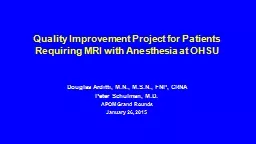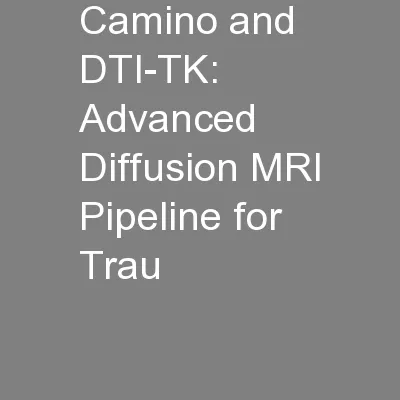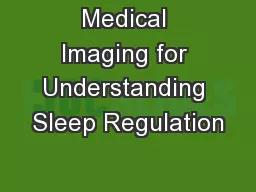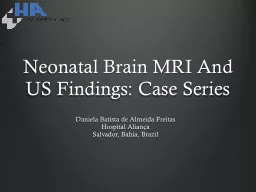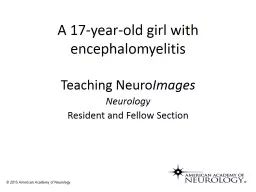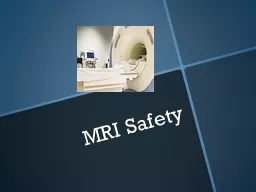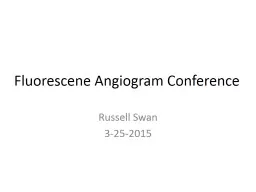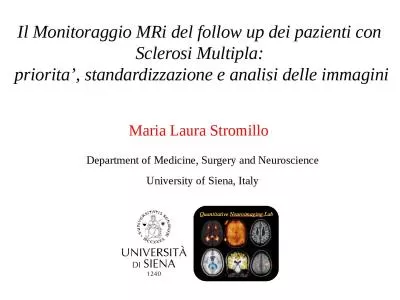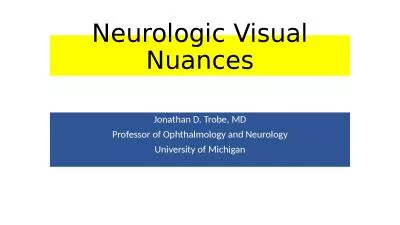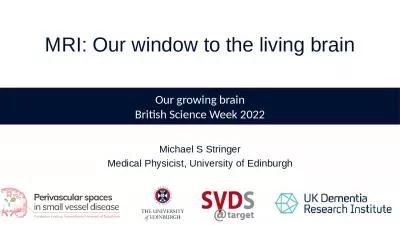PPT-NORMAL MRI BRAIN DR. PIYUSH OJHA
Author : Hulksmash | Published Date : 2022-08-04
DM RESIDENT DEPARTMENT OF NEUROLOGY GOVT MEDICAL COLLEGE KOTA History MRI Paul Lauterbur and Peter Mansfield won the Nobel Prize in PhysiologyMedicine 2003 for
Presentation Embed Code
Download Presentation
Download Presentation The PPT/PDF document "NORMAL MRI BRAIN DR. PIYUSH OJHA" is the property of its rightful owner. Permission is granted to download and print the materials on this website for personal, non-commercial use only, and to display it on your personal computer provided you do not modify the materials and that you retain all copyright notices contained in the materials. By downloading content from our website, you accept the terms of this agreement.
NORMAL MRI BRAIN DR. PIYUSH OJHA: Transcript
Download Rules Of Document
"NORMAL MRI BRAIN DR. PIYUSH OJHA"The content belongs to its owner. You may download and print it for personal use, without modification, and keep all copyright notices. By downloading, you agree to these terms.
Related Documents


